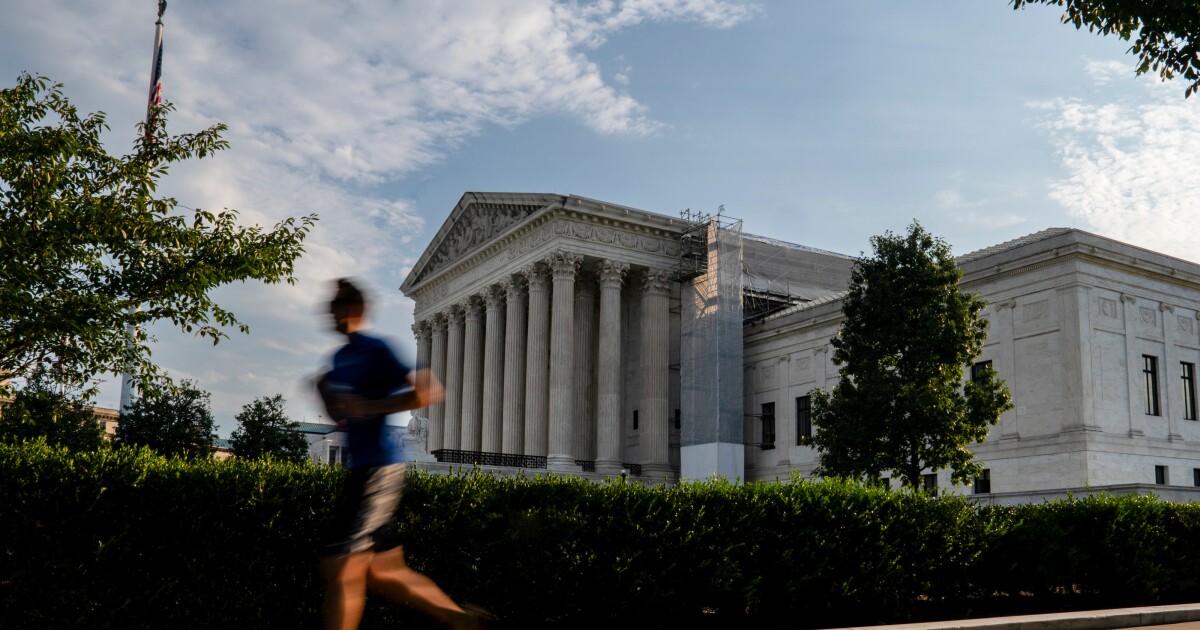
The surge in adjustable-rate mortgages this decade led their share of the market to more than triple over four years at the nation's largest banks, according to a new Federal Reserve report.
Conventional ARM originations at the financial institutions overseen by the Fed accounted for 25.1% of their mortgage originations in the first quarter this year. Total unpaid ARM balance of the loans also grew to a record of $344.3 billion, according to the quarterly report from the Federal Reserve Bank of Philadelphia.
The conventional slice of
Unpaid balance also grew for a 12th consecutive quarter and is now 34.5% above where it stood in first-quarter 2022.
"Adjustable-rate mortgages have gained popularity as homebuyers have searched for cost relief," Philadelphia Fed researchers wrote in their insights report. The ramp-up aligns with the rapid rise in fixed interest rates over the past three years, with
ARMs often come with a "teaser" fixed-rate term at origination before converting to a variable rate. The initial rate is typically lower than what borrowers will find for a traditional fixed mortgage.
"Loans originated at lower (or higher) rates than prevailing market rates could be prone to larger payment shocks (or reductions)," researchers explained.
With fixed rates stubbornly remaining in the range of 6% to 8% since mid-2022, some home buyers who expected to either refinance into a more affordable mortgage or see their ARM level drop at the end of the initial term have been left disappointed.
An early 2024 study of ARM borrowers found over
The pace of growth of conventional ARM lending at large banks exceeded the overall increase when all types of lenders are taken into account, particularly the amount of unpaid balances, the Fed reported.
Despite the growth of the segment in recent years, adjustable-rate mortgages comprised just 4.3% of total home loans outstanding in the first quarter this year, data from the Federal Housing Finance Agency showed. Among conventional mortgages sold to the government-sponsored enterprises, ARMs represented 1.4%
Despite the larger portion of ARMs originated at large financial institutions along with emerging signs of rising
"Future reset risk is mitigated by large banks' continued focus on lending to borrowers with high credit scores and low leverage," researchers said.
"While growth in ARM balances has begun to change portfolio composition at large banks, portfolio quality remains strong, buoying overall credit performance."



